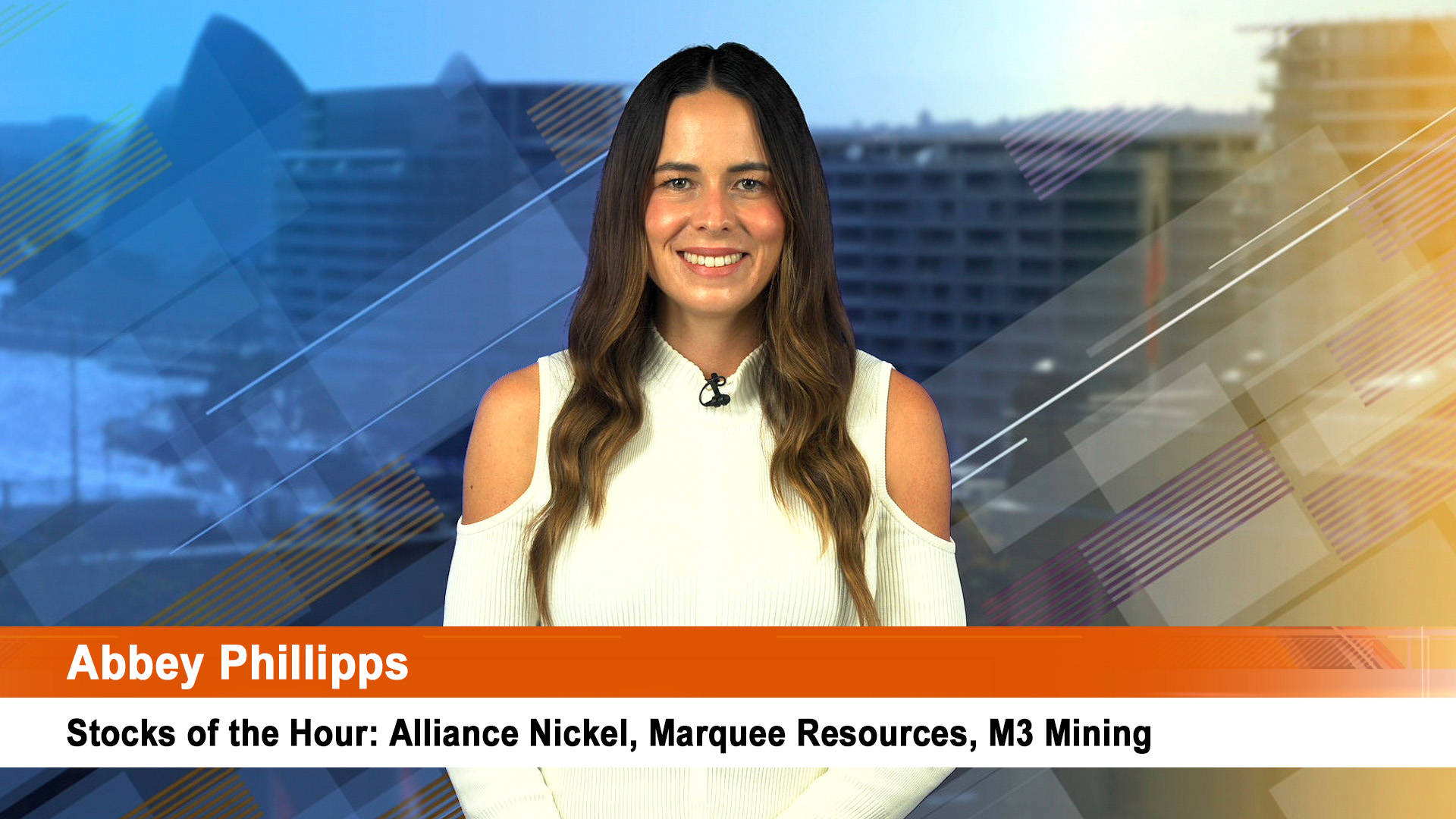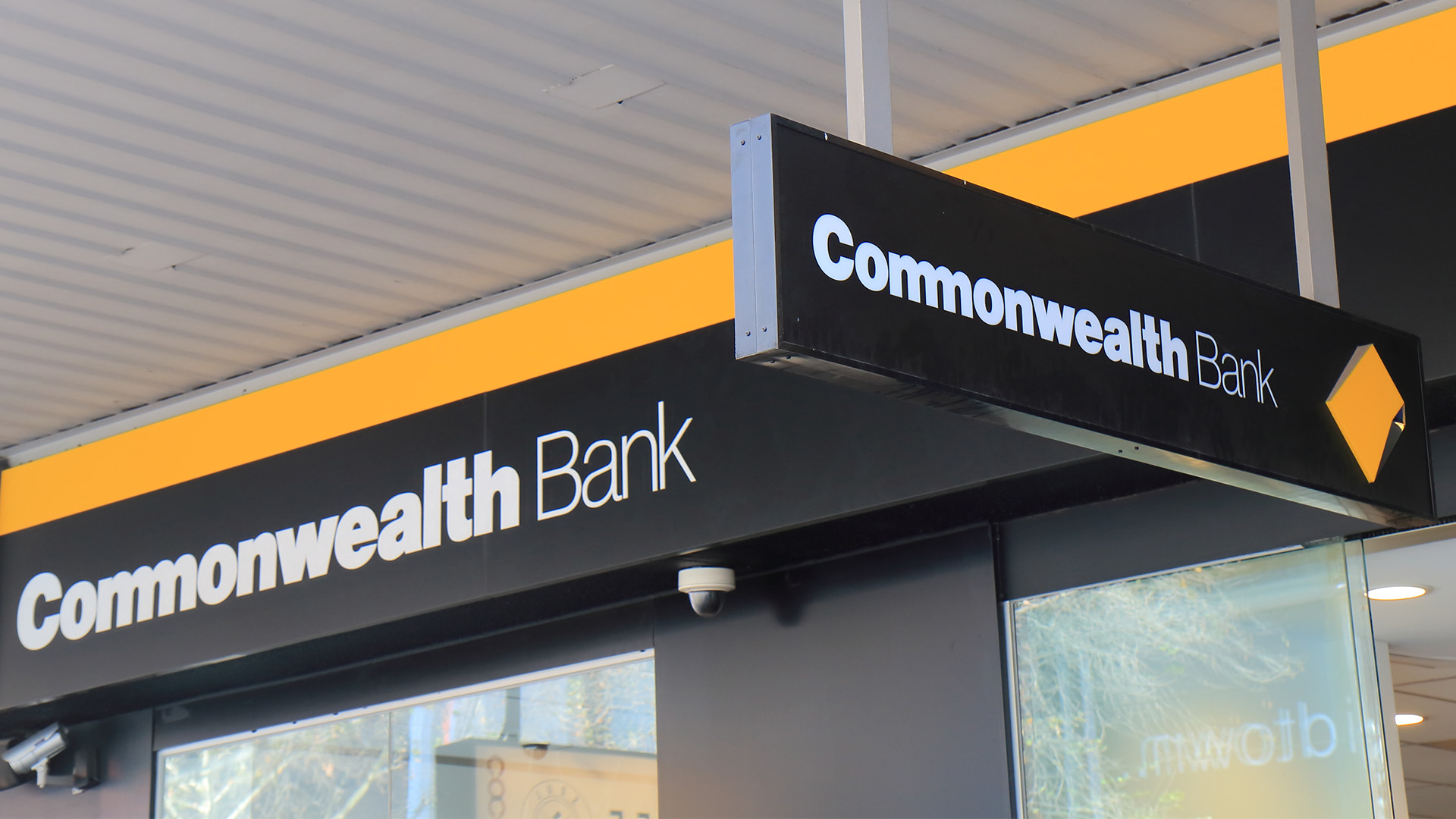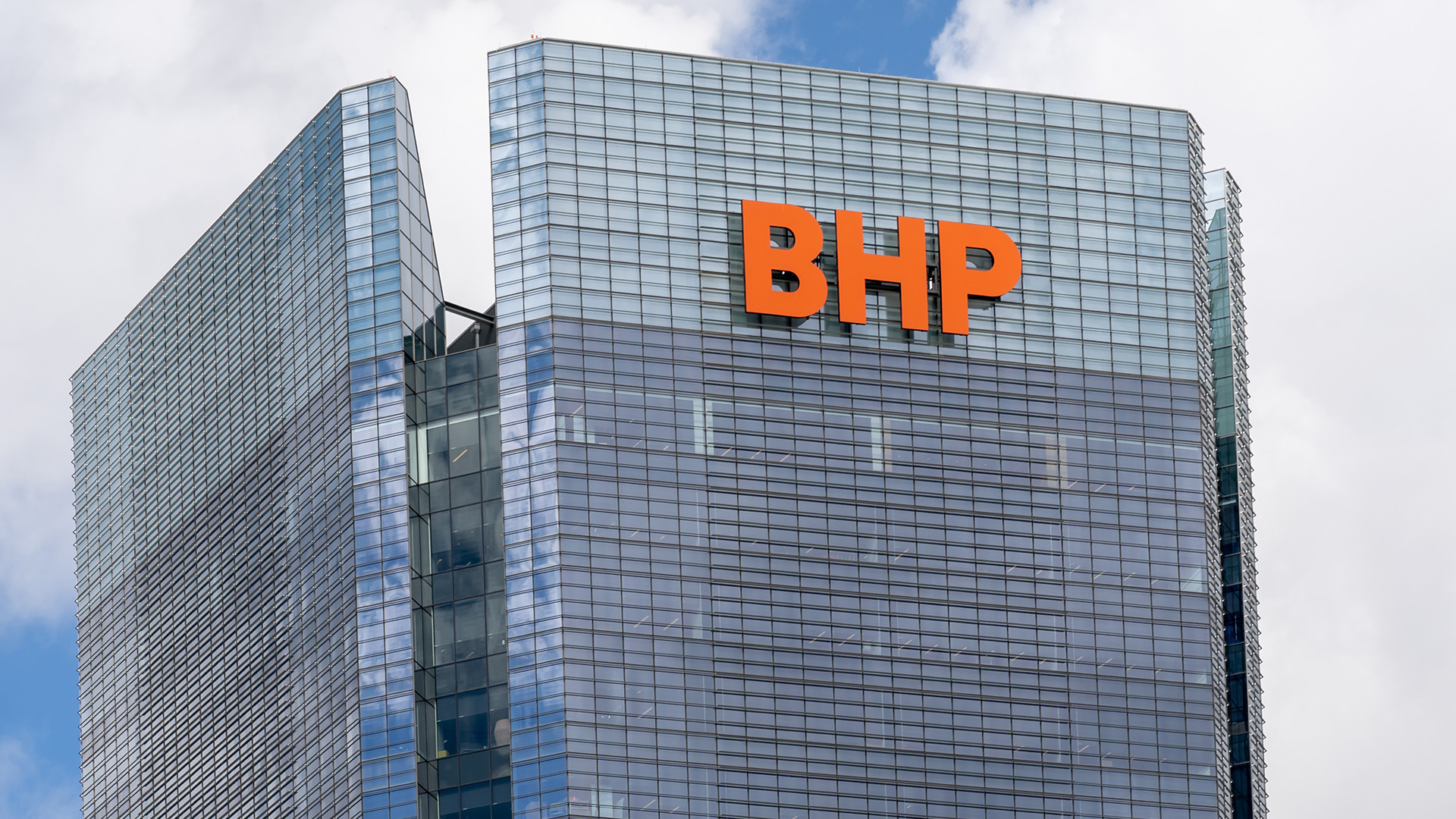So what do you reckon is the more important news for Qantas shareholders – a return to flights too and from Beijing, or a surprise earnings downgrade from major Asian rival, Cathay Pacific?
Qantas shares rose 0.9% to $3.16 on the ASX yesterday on the news of the resumption of passenger flights to the Chinese capital, while in Hong Kong, Cathay shares fell more than 5%.
Cathay shares are down 22% so far in 2016, Qantas shares are off 23.4%.
On the face of it the resumption of flying too and from Beijing is the big news because it will see Qantas trying to expand its share of the still fast growing inbound travel market from China. As always, its all about numbers, when it comes to China.
The January 25 resumption of the Sydney to Beijing route – (Qantas scrapped this route in 2009 because of the fallout from the global financial crisis) – will lift its total capacity into China by 18%.
Air China already operates five direct flights from Sydney to Beijing each week in a codeshare agreement with Air New Zealand, while several airlines run services to Beijing via Hong Kong, Shanghai and Singapore.
Qantas also flies direct to Hong Kong and Shanghai, and it says that more than 50% of its capacity will be allocated to Asia once the Beijing route starts
That’s up from 30% a decade ago, according to chief executive Alan Joyce. China is Australia’s second biggest source of visitors behind New Zealand, and Mr Joyce expects it take the top spot within a few years.
But as upbeat as that sound, investors would reward themselves by looking at Cathay’s warning yesterday which said second half earnings would not longer be as high as previously forecast.
Hong Kong’s flag carrier said ()http://www.cathaypacific.com/dam/cx/about-us/investor-relations/announcements/en/201610_cx_trading_statement_en.pdf it no longer expected that profit in the second half would be greater than that in the first half, when its net income was HK$353 million ($A60 million). That was down 82% from a year earlier and badly missed market forecasts of $HK 1.07 billion. The figure, released in August, came after a number for downgrades in May and June about the earnings slide.
The huge fall in 2015-16 from a year earlier, largely due to losses related to its fuel hedging in the 2015-16 year as the airline tried to protect itself from an upturn in fuel prices, instead of the slide around November – January.
It’s the reasons for the latest downgrade that should interest and worry Qantas investors.
Qantas earned its best ever profit in the year to June, and its international business saw a $1 billion rebound in underlying earnings to $512 million (up 92% on this basis on the previous year). Qantas also said it was planning to expand international capacity by 4% in 2016-17. Clearly the return to Beijing is a big part of that.
Other airlines, such as BA, the American giants and Singapore are also complaining about too much international capacity. That has seen a sharp drop in international air fares out of Australia to the US, Asia and Europe for the few months, and well into 2017 (Flight Centre has been noting the intensifying air fare price cutting as well).
Cathay blamed overcapacity and intensifying competition for the change and said it would look at ways to cut costs as well as grow its top line.
"Since the interim report was issued, the outlook for our airlines’ business has deteriorated. Overcapacity and strong competition is putting particular pressure on our passenger business, with continued shortfalls in revenue compared with forecasts and heavy pressure on yield,” Cathay said in its statement.
"Against this difficult revenue picture, we are engaged in a critical review of our business, the goal of which is to improve revenues and to reduce costs so as to maintain a strong financial position and to deliver acceptable financial returns. The review will consider all options for improving efficiency and productivity. At the same time, we understand the need to continue to invest in our businesses and to improve continuously the products and services which we provide to our customers.
“Against this background, it is no longer expected that the Cathay Pacific group’s results for the second half of 2016 will be better than those of the first half, ” Cathay directors said in the statement.
Analysts added there was an extra factor the recently-introduced fee for passengers at Hong Kong International Airport which may have cut passenger numbers.
“We think there has been intense pressure on passenger yields in recent months after the introduction of an Airport Construction Fee (HKD70-180 per departing passenger, around $A4 to $A10) at HKIA in August 2016.
“We estimate about 50% of traffic carried by Cathay Pacific represents transit passengers, therefore the carrier would have to lower prices in order to retain this traffic and maintain satisfactory load factors,” a report from HSBC yesterday noted We will know from Qantas when it provides its first quarterly trading update in the next week or so.













